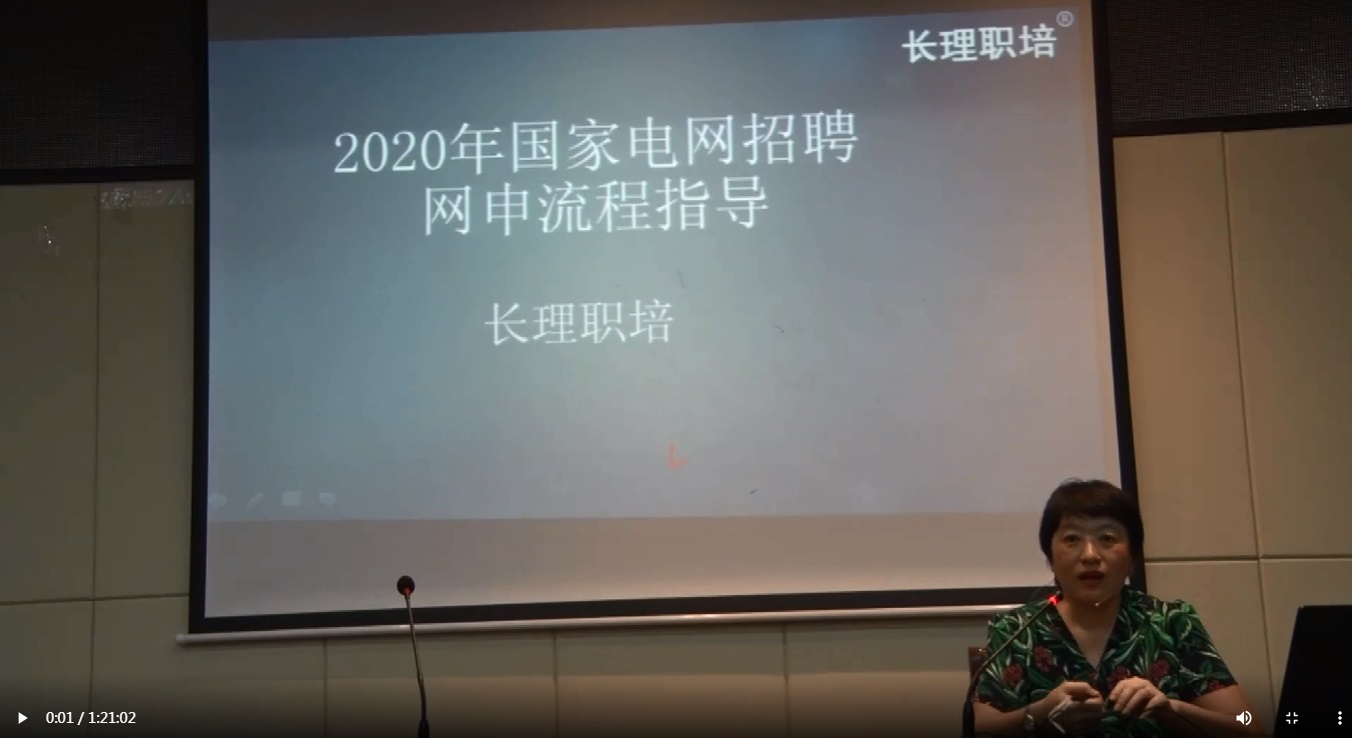Cloze (20 points)
Directions:
For each blank in the following passage, there are four choices given below and marked A, B, C and D. Choose the one that is most suitable and mark your answer by blacking the corresponding letter on the Answer Sheet.
Not long ago, there lived in Auckland a working family who dreamed about a house of their own. Anyone then could read in the newspapers about the building companies who offered to put people into a new house 1 only a $1,000 deposit. Of course, the remainder had to be paid off with interest over a period of twenty years or so.
The worker and his wife hopefully went to one of these companies 2 this wonderful offer. And the man in the office said. “Yes, sure. You bring along $1,000 and we can 3 you with a new house.”
So the worker and his wife had to work hard and in twelve months’ time they returned to the building man with $1,000. But the man in the office said, “Look, I’m sorry, 4 we’ll need $1,500 now. Costs have gone up since we saw you last, you know.”
The couple thought it over and decided it would not take very long to save the extra $500 if they worked hard.
In six moths they worked 5 overtime and saved the $500 in spite of the high rent they had to pay for their flat. Back to the building man they 6 with their $1,500. But to their surprise he 57 the deposit was now $3,000.
Now somewhat wiser, the worker said, “And the next time, I dare say we’ll find the deposit rising once more. How have we 58 save the extra $1,500?”
“Well”, said the man, “I think we can stabilize the situation for about twelve months. By the time you come with $3,000, we will have had the house 9 for you.
The couple left, sad at heart as they saw their dream house 10 . By the time they had saved the extra $1.500, no doubt the deposit would have become still higher, maybe $5,000, then $10,000 and then…!
1. A. for B. with C. on D. to
2. A. to ask for B. asking for C. to ask about D. asking about
3. A. supply B. give C. offer D. equip
4. A. or B. and C. but D. so
5. A. whole the B. whole C. the all D. all the
6. A. filled B. dealt C. went D. went on
7. A. replied B. announced C. told D. spoke
8. A. had to B. worked to C. tried to D. got to
9. A. sold B. paid C. prepare D. ready
10. A. throw away B. die away C. take away D. get away
Reading Comprehension (60 points)
Directions:
There are four reading passages in this part. Each passage is followed by five questions. For each question there are four suggested answers marked A, B, C and D. Choose on best answer and blacken the corresponding letter on the Answer Sheet.
Passage One
For some minutes, all was quiet in the street. Then from across the street someone came walking.
It looked like a man of middle height, dressed in a big raincoat, a soft hat and rubber-soled boots or shoes, and making little sound while walking. No one was in sight. It was a street with two rows of about fifty small houses and there were three lamps on either side. The lamp nearest to the child’s house could be seen clearly, but the others were almost hidden by the smoky air. A car passed the end of the street and its lights showed faintly, but clearly enough to show the smooth skin of a woman’s face. The car disappeared as the woman, wrapped up in her coat, reached the doorway of the child’s house.
She put a key in the lock quickly, pushed the door open and stepped inside, then closed the door without looking round. She began to breathe hard.
She leaned against the door for a moment, then straightened up as if with an effort, and walked towards the door of the front room, the passage leading to the kitchen, and the narrow staircase. She hesitated outside the door, then went up the stairs quickly but with hardly a sound. There was enough light from the narrow hall to show the four doors leading off a small landing (楼梯平台). She pushed each door open in turn and shone a torch inside, and the light fell upon beds, walls, furniture, a bathroom hand-basin, a mirror which flashed brightness back; but this was not what the woman was looking for. She turned away and went downstairs, and hesitated again at the foot of the stairs, then turned towards the kitchen. Clearly there was nothing there, or in the small washroom that she wanted. Two rooms remained; the front room and a smaller one next to it. She opened the front room door. After a moment, she saw the child’s bed and the child.
1. The lights of the car passing the end of the street showed that .
A. a woman was driving the car
B. someone was standing by a street lamp
C. a man and a woman were walking up the street
D. a woman was walking by herself up the street
2. After the woman closed the front door, she .
A. looked round quickly B. started breathing again
C. rested before moving D. walked straight towards the front door
3. Which of the following plans (平面图) is the right position of the child’s room?
= door = stairs F = front room
C = child’s room P = passage K = kitchen W= washroom
4. When she was upstairs, the woman .
A. saw that there was a wash - basin in each room
B. noticed a mirror which she was looking for
C. found a torch in one of the rooms
D. opened four different doors
5. Once she was in the house, the woman behaved as if what she was looking for .
A. might be in the kitchen
B. was more likely to be upstairs
C. would be easily seen by the light from the hall
D. would look frightening to a child
Passage Two
The favorite food in the United States is the hamburger (汉堡包). The favorite place to buy a hamburger is a fast food restaurant. At fast food restaurants, people order their food, wait a few minutes, and carry it to their tables themselves. People also take their food out of the restaurant and eat it in their cars or in their homes. At some fast food restaurants. people can order their food, pay for it and pick it up without leaving their cars.
There are many kinds of fast food restaurants in the United States. The greatest in number sell hamburgers, French fries (油炸马铃薯片) and so on. They are popular food among Americans. Besides, fast food restaurants that serve Chinese food, Mexican food, Italian food, chicken, seafood and ice-cream are very many. The idea of a fast food restaurant is so popular that nearly every kind of food can be found in one.
Fast food restaurants are popular because they reflect (反映) American life style. Customers can wear any type of dress when they go to a fast food place. Second, they are fast. People who are busy do not want to spend time preparing their own food or waiting while someone prepares it. In fast food restaurants the food is usually ready before the customer even orders it. Finally most food in a fast food restaurant is not expensive. Therefore, people are able to buy and eat at a fast food restaurant often, while they may not be able to go to a more expensive restaurant very often.
6. Hamburgers and French fries can be got at the fast food restaurants.
A. some of B. most of C. a part of D. all of
7. What do people do when they come to a fast food restaurant?
A. They order and eat their food at the restaurant.
B. They buy and take their food out and eat it in their cars or in their homes.
C. They order, pay for and get their food in their cars.
D. They do one of the three above-mentioned things.
8. Why do Americans like to go to fast food restaurants?
It is because fast food restaurants are fast, informal (不拘礼节的), and
inexpensive.
B. It is because people can easily find fast food restaurants.
C. It is because people like to eat hamburgers.
D. It is because fast food restaurants sell nearly every kind of food.
9. Is the food in fast food restaurants always ready before the customers order it?
A. Yes, it is B. No, it is seldom ready
C. Yes. It is cooked to order D. No. Not always, but usually
10. Seafood and ice-cream are served at all fast food restaurants, aren’t they?
A. Certainly B. Yes, they are
C. No, I’m afraid not D. No. Only at a few of them
Passage Three
It is understood that a ballad is a song that tells a story, but a folk song is not so easily defined. A balled is a folk song, but a folk song is not a ballad until it tells a story. Folk song, then has included many kinds of music. For example, a sailor’s song of the sea is a folk song. The blues, a type of jazz popular in New Orleans, may be a folk song. In fact, there are folk songs for every job.
“Home on the Range” shows how a popular song may become a folk song. It was first picked up as a folk song in 1910 by John Lomax in San Antonio, Texas. Lomax heard the song from an old man who had been a cook many years before. The song was known all over the Midwest; thought it did not come to national attention until the early 1930s. By 1947 “Home on the Range” was so popular that it became the official state song of Kansas.
11. A folk song is also a ballad when it .
A. tells a story B. is sung by workers
C. makes the listeners feel sad D. covers many kinds of music
12. According to the author, which of the following is not always a folk song?
A. A ballad B. A sailor’s song C. A state song D. A goatherd’s song.
13. According to the passage, which of the following is not true of a folk song?
A. It is passed on orally B. It has different forms
C. It may talk about work D. It is found only in the western states
14. The author uses the example of “Home on the Range” to show that folk songs .
A. always tells a story B. are based on written forms
C. may come from popular songs D. have become state songs
15. The main topic of the passage is the .
A. different kinds of folk songs B. development of popular music
C. definition of a ballad D. importance of folk songs in American life
Passage Four
We find that bright children are rarely held back by mixed-ability teaching. On the contrary, both their knowledge and experience are enriched. We feel that there are many disadvantages in streaming (把……按能力分班) pupils. It does not take into account the fact that children develop at different rates. It can have a bad effect on both the bright and the not-so-bright child. After all, it can be quite discouraging to be at the bottom of the top grade!
Besides, it is rather unreal to grade people just according to their intellectual ability. This is only one aspect of their total personality. We are concerned to develop the abilities of all our pupils to the full, not just their academic ability. We also value personal qualities and social skills, and we find that mixed-ability teaching contributes to all these aspects of learning.
In our classrooms, we work in various ways. The pupils often work in groups: this gives them the opportunity to learn to co-operate, to share, and to develop leadership skills. They also learn how to cope with personal problems as well as learning how to think, to make decisions, to analyse and evaluate, and to communicate effectively. The pupils learn from each other as well as from the teacher.
Sometimes the pupils work in pairs; sometimes they work on individual tasks and assignments, and they can do this at their own speed. They also have some formal class teaching when this is appropriate. We encourage our pupils to use the library, and we teach them the skills they need in order to do this efficiently. An advanced pupil can do advanced work: it does not matter what age the child is. We expect our pupils to do their best, not their least, and we give them every encouragement to attain this goal.
16. In the passage the author’s attitude towards “mixed-ability teaching” is .
A. critical B. questioning C. approving D. objective
17. By “held back” (Line 1) the author means “ ”.
A. made to remain in the same classes
B. forced to study in the lower classes
C. drawn to their studies
D. prevented from advancing
18. The author argues that a teacher’s chief concern should be the development of the student’s .
A. personal qualities and social skills
B. total personality
C. learning ability and communicative skills
D. intellectual ability
19. Which of the following is NOT MENTIONED in the third paragraph?
A. Group work gives pupils the opportunity to learn to work together with others
B. Pupils also learn to develop their reasoning abilities
C. Group work provides pupils with the opportunity to learn to be capable organizers
D. Pupils also learn how to participate in teaching activities
20. The author’s purpose in writing this passage is to .
A. argue for teaching bright and not-so-bright pupils in the same class
B. recommend pair work and group work for classroom activities
C. offer advice on the proper use of the library
D. emphasize the importance of appropriate formal classroom teaching
Cloze
1. B 2. C 3. A 4. C 5. D
6. C 7. B 8. D 9. D 10. B
IV. Reading Comprehension
1. D 2. C 3. A 4. D 5. B
6. B 7. D 8. A 9. D 10. C
11. A 12. C 13. D 14. C 15. A
16. C 17. D 18. B 19. D 20. A
编辑推荐:

温馨提示:因考试政策、内容不断变化与调整,长理培训网站提供的以上信息仅供参考,如有异议,请考生以权威部门公布的内容为准! (责任编辑:长理培训)






















点击加载更多评论>>